
Schlenkerla’s Fastenbier Makes Fasting Fun 
Note: we ran this post in February, but have updated it to include our recent tastings.
Schlenkerla Fastenbier Abv 5.5 IBU
Heller Brewery’s Schlenkerla beers are among our favorite in almost 40 years of taking beer notes. People laugh when I say the second liter of their Rauchbier Märzen is almost necessary to appreciate the beer. Habituation (the tendency of our senses to screen out constant conditions – like a squeaky air conditioning unit) causes the smoke to recede and the rich clean flavors of the malts to emerge. Smoke at that point is merely a spice rather than the center attraction. The second liter, therefore, is not only better than the first, it’s one of the very best beers on the planet The Fastenbier – brewed for Lent—might be even better, and it doesn’t take two liters to tell.
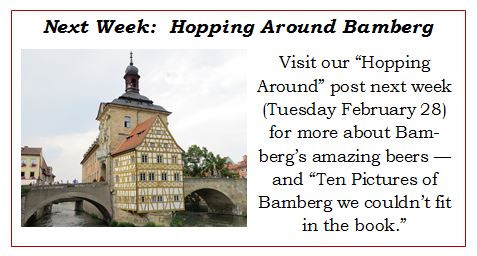
you’ll have to look in the archives to find this post….
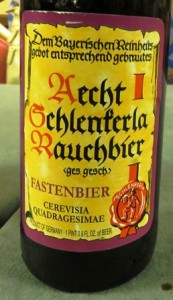 We’re used to savoring Lenten biers from Bavaria, but we’re most accustomed to the “ator” doppelbock range that’s not only common in Germany but almost ubiquitous in the United States. Church policy was “liquida non frangunt ieiunium“—liquid does not break the fast, and we’ve always found these beers have intensified our gratitude to the Creator. Heller’s take on the Lenten beer is more gentle than the Muncheners – it’s just a touch fuller and stronger than ordinary lagers at 5.5% abv. For that, we’re grateful – we can drink more of it.
We’re used to savoring Lenten biers from Bavaria, but we’re most accustomed to the “ator” doppelbock range that’s not only common in Germany but almost ubiquitous in the United States. Church policy was “liquida non frangunt ieiunium“—liquid does not break the fast, and we’ve always found these beers have intensified our gratitude to the Creator. Heller’s take on the Lenten beer is more gentle than the Muncheners – it’s just a touch fuller and stronger than ordinary lagers at 5.5% abv. For that, we’re grateful – we can drink more of it.
Unlike its year-round cousin, the Fastenbier is brewed from a combination of smoked and non-smoked malt which softens the initial smoke impact. We can’t say at this time whether habituation might actually make the second or third liter less compelling that the Märzen, but we intend to try to find out as soon as we can.
Two months of lagering smooths out flavors in any beer and it works wonders here. It’s packaged unfiltered, and a very slight haze lets you know the yeast is still helping to broaden the flavors. Thirty two IBUs are mostly for balance, but they serve well to keep it achingly moreish. We almost never travel to find a specific beer we like – we’ve already tasted it, after all, but we’ve already contacted the distributer (B. United) to find out where we can get it.
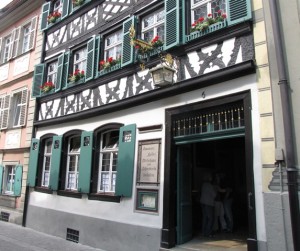
Schlenkera’s Brewery Tap is quaint, but gives little indication of the brewing adventure within.
Tasting notes: A reddish-brown color only has a bit of the haze the brewery prepares you for—it’s just about perfect for a bottle conditioning that allows the yeast to favor, but not dominate, the brew. The smoke in the aroma is enormous, but remarkably soft on the palate. The smoke gives it just a hint of oiliness, but creamy and roasty flavors are at the fore. The smoke is more of a condiment than an entrée throughout the tasting. It’s exceptionally rich for a beer of its relatively modest strength.
Updated Tasting notes: We bought two cases and two growlers from State Line Liquors in Elkton, Maryland, one of the best beer stores in the United States. We’re pretty sure the beer we tasted had been in the US since last year. The brewery sets aside some of its production for aging and some claim the beer is better after a year or two.
We think the smoke becomes more profound in that time. If you like the smoke, it is significantly better. We thought the brewery fresh version had its own charms, however, and stood apart from the regular Schlenkerla maerzen more distinctly. Still, habituation worked its magic as we cleared through a growler without blinking and wished we had been able to get the entire keg. it wasn’t cheap — at about $100 a case, but one reason I haven’t retired is so we can splurge on beers like this one.
Food Pairings: See the previous post for some of our thoughts on smoke beer pairings. I’d like to try a spit roasted chicken with this smoked beer, however, because of the beer’s steady gentle, yet persistent range of moderate flavors. Review #0068 20170220 and 20170327
TOMORROW WE’LL POST ONE OF THE BEST BEERS WE’VE FOUND IN THE LAST SEVERAL WEEKS.
This is the best beer we’ve tasted in 2017.
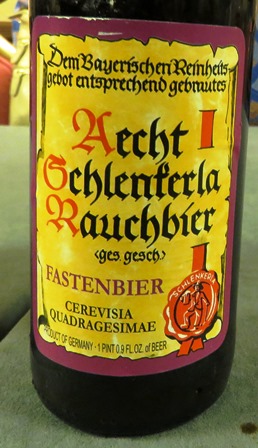


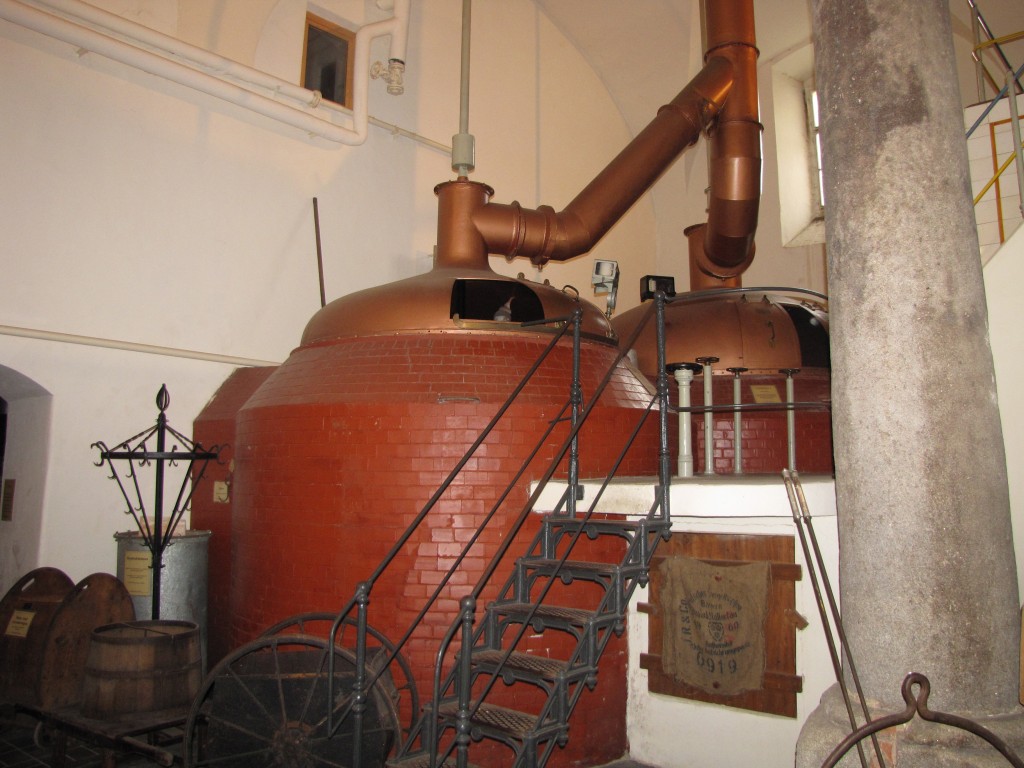
Leave a Reply